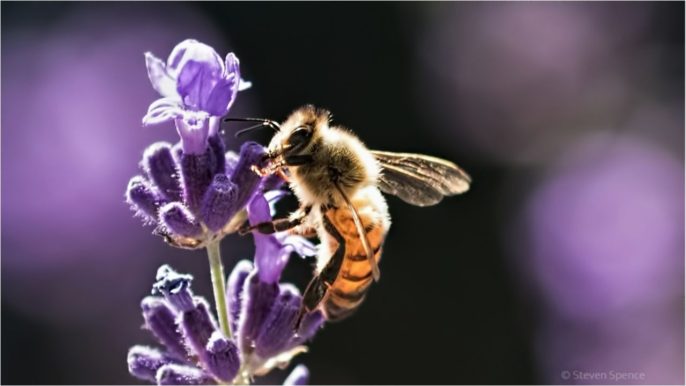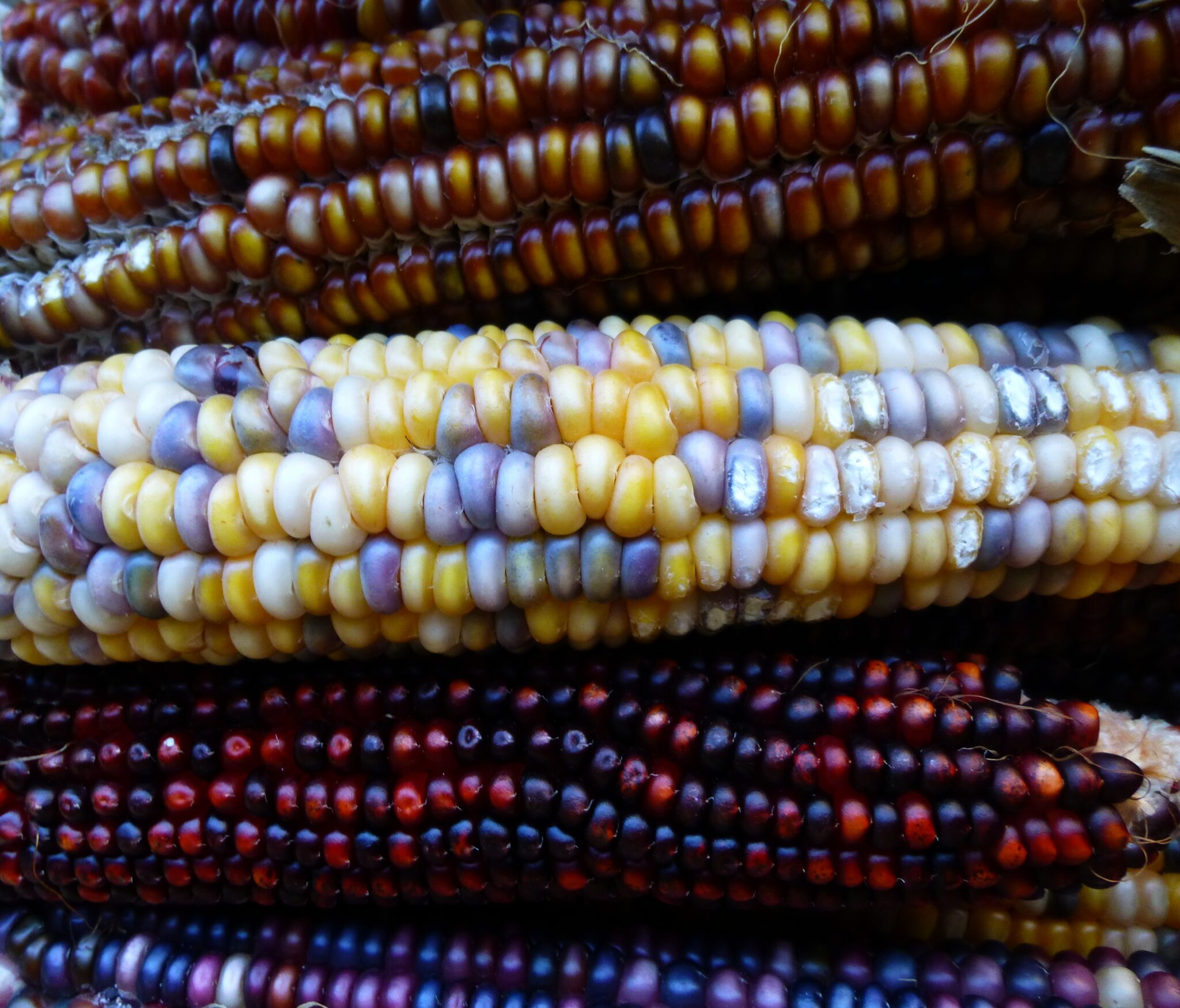By Steven Spence
@TheStevenSpence
More Diverse Than Honeybees
When we hear about bees most of us think of honeybees (Apis mellifera) but there are many more bees around us. In fact, there are approximately 4000 native bee species in North America. Some of the most familiar types are bumblebees, mason bees, carpenter bees, and leaf cutter bees. These bee species also are important as pollinators. Fortunately, there are many ways we can help bees flourish whether we have farms, garden plots, backyards, or live in an urban environment with a “garden” consisting of a few plant containers on a balcony.
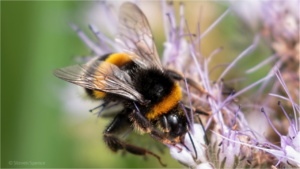
Five Simple Tips to Help Bees
1. Reduce or Eliminate Pesticide Use
Pesticides aren’t targeting helpful insects like bees but the compounds will affect bees too. The most common pesticides used in noncommercial settings contain either pyrethroids (synthetic chemicals similar to natural compounds found in chrysanthemums) or neonicotinoids (synthetically produced chemicals similar to nicotine). These insecticides are preferred over previous generations of organophosphate pesticides because they affect mammals and birds less while remaining effective against insect pests like aphids. However, pyrethroids and neonicotinoids are implicated in weakening bees, contaminating groundwater, and river systems. Scientists are researching possible health effects on humans.
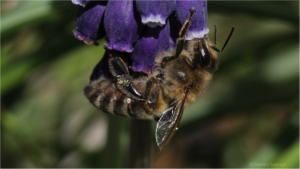
2. Provide Food in Spring, Summer, and Fall
Bees need food sources in all seasons. Early flowers help queens emerging from their winter hibernation. Having a mix of plants providing food for the bees in each season helps to keep the bees healthy. Excellent regional guides for over 30 zones in the US and Canada are provided by Pollinator.org A few examples out of the many options available follow for each season.
SeasonFlowers
| Spring | Snowdrops, crocus, hyacinth, borage, calendula, currants, and wild lilac are good early food sources. Fruit trees, e.g. apples, pears, etc. are also excellent sources of pollen and nectar for bees. |
| Summer | Honeysuckle, bee balm, foxglove, snapdragons, strawberries, globe thistles, and alliums (onions, garlic, chives, etc) are excellent sources of nectar for many types of bees. |
| Late Summer/Fall | Milkweed, asters, thyme, yarrow, sunflowers, sedum, and salvia will provide bees and other pollinators with plenty of nourishment. |
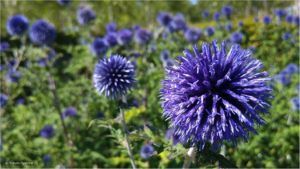
3. Consider Using “Weeds” and Wildflowers
Many gardeners can’t stand the sight of “weeds” like dandelions, thistles, or even clover but they are very bee-friendly plants. Holding off on weeding and cutting grass less frequently to allow other flowers like daisies to blossom provides bees additional food sources. Another alternative, esp. in larger gardens or along the edges of fields or orchards, is to plant a mix of native wildflowers. This makes an excellent food source for wild bees of all types.
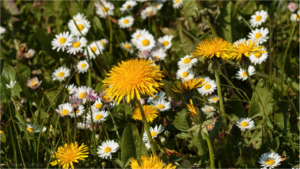
4. Provide Housing
Bumblebees and many other types of bees live in the soil. Don’t cover all the soil with mulch or fabrics. Leave some areas uncovered and you will provide habitat for these types of bees. Other solitary bees prefer holes in old pieces of wood, reeds, or even in bricks. It’s easy to provide these bees with accommodations. Blocks of wood drilled with holes (5-10 mm in diameter), cardboard tubes, or hollow bamboo/reeds can be assembled into bunches and hung up in a warm location. Soon bees will select “apartments” and begin filling the openings with pollen for their larvae. When the bees are finished, they will seal up the tubes with mud.
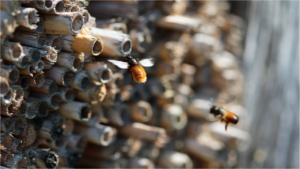
[tweetthis]Water, soil, and even weeds contribute to a bee friendly environment.[/tweetthis]
5. Provide a Safe Water Source
Some bees get enough fluids to stay hydrated from nectar. Others need safe, clean water sources. What is a safe water source for a bee? Generally, one where bees have something to hang on to while they drink. It’s easy to provide water in a bird bath, a bowl, a pail, or some similar container. Be sure to change it frequently though to prevent mosquitos from hatching. To make it safe for bees provide them with stones, marbles, twigs, the bottom half of a cardboard egg carton, wine corks or other items that will remain above the surface of the water.
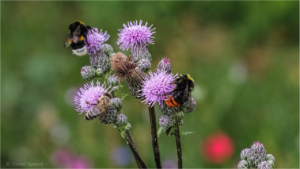
About the author
—Steven contributes photography and general science articles to GotScience. Steven has a small garden which he keeps pest-free with ladybirds, lavender, and sometimes soap. He is an avid fan of dinosaurs, raptors, and Calvin and Hobbes.
Featured image: A honeybee enjoying lavender in the author’s garden. All the photos in this article are by Steven Spence.
Additional Information
About Bees
University of California Urban Bee Lab
http://www.helpabee.org/native-bee-info.html?lang=en
Bumble Bees and Conservation
http://xerces.org/learn-about-bumble-bees/
Honey Bee Conservancy
http://thehoneybeeconservancy.org/plant-a-bee-garden/
http://thehoneybeeconservancy.org/projects/science-environmental-education/educators-kit/
Bee friendly Plants
Pollinator Regional Planting Guides (Over 30 regional guides for the USA and Canada)
http://pollinator.org/guides.htm
Bee Housing
Multiple Types of Bee Housing
http://www.xerces.org/wp-content/uploads/2008/11/nests_for_native_bees_fact_sheet_xerces_society.pdf
Pesticides
Neonicotinoids (“Neonics”)
Neonics and Bees
http://ento.psu.edu/publications/are-neonicotinoids-killing-bees
Neonics in Streams (US Geological Survey)
https://toxics.usgs.gov/highlights/2014-07-21-neonics.html
Neonics and Human Health
https://ehp.niehs.nih.gov/ehp515/
Pyrethroids
Pyrethroids in Streams (US Geological Survey)
https://toxics.usgs.gov/highlights/pyrethroids.html
Pesticide Exposure in Native Bees (US Geological Survey)
https://toxics.usgs.gov/highlights/2015-11-04-pesticides_bees.html
Pyrethroids May Induce Early Puberty in Boys
GotScience Magazine, published by the nonprofit Science Connected, is made possible by donations from readers like you. With your help, we create equal access to science literacy and education. Click to learn more about Science Connected and get involved.

